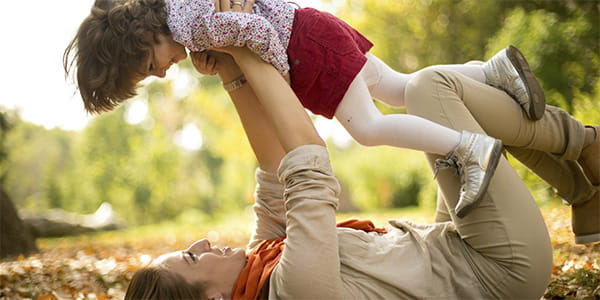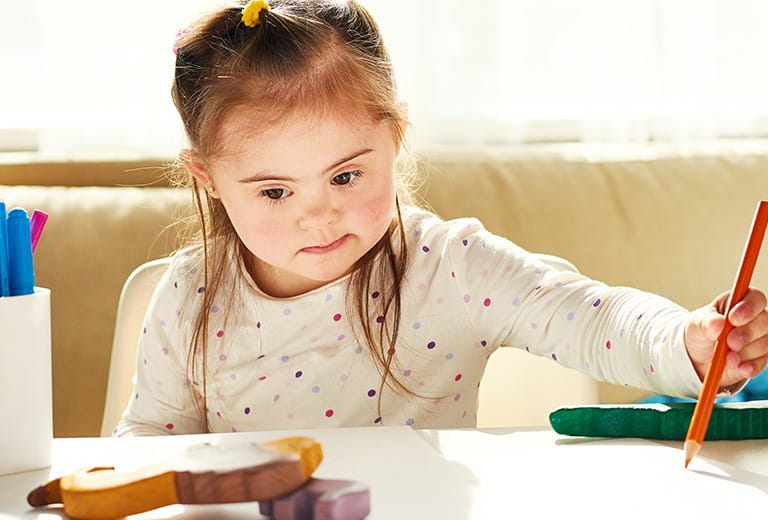Pediatric Arthrogryposis Program
Quick Scheduling with a Pediatric Orthopedic Specialist
Enjoy comprehensive service and award-winning healthcare. Submit an appointment request today, and we will follow up with you to confirm a time that works for you and your family.

Treating Congenital Joint Contractures
As a parent, you want the best for you child. You know nothing can, or should, hold your kid back, even arthrogryposis. Also known as arthrogryposis multiplex congenita (AMC), this rare congenital disorder causes two or more joints in the body to be in a permanently fixed position. There’s no direct cause for arthrogryposis, but it is present at birth. Arthrogryposis can lead to underdeveloped muscles and cause limited to no movement of the body. There are two types of arthrogryposis: amyoplasia and the distal arthrogryposes.
Amyoplasia is the most common form of AMC and usually affects the joints farthest away from the center of the body. Symptoms can include internally rotated shoulders, extended elbows and fixed flexed wrists. Distal arthrogryposes is a subgroup of AMC. Common symptoms include multiple contractures of two or more areas of the body, with less movement in the joints closer to the center of the body.
No matter which type of condition your child has, the expert care team with the Arthrogryposis Program at Orlando Health Arnold Palmer Hospital for Children is ready to help your family learn how to cope and manage everyday life with this disorder.
Providing the Right Care Every Step of the Way
Finding the best treatment option is different for each child. Common ways of treating arthrogryposis are through physical therapy and bracing. In some situations, surgery can be performed to reposition joints to create a better range of motion.
Here, your family will join with an occupational therapist and orthopedic surgeon in clinic to determine your plan of action against arthrogryposis. Together, we’ll develop at-home exercises and bracing options to encourage movement of your child’s affected joints.








